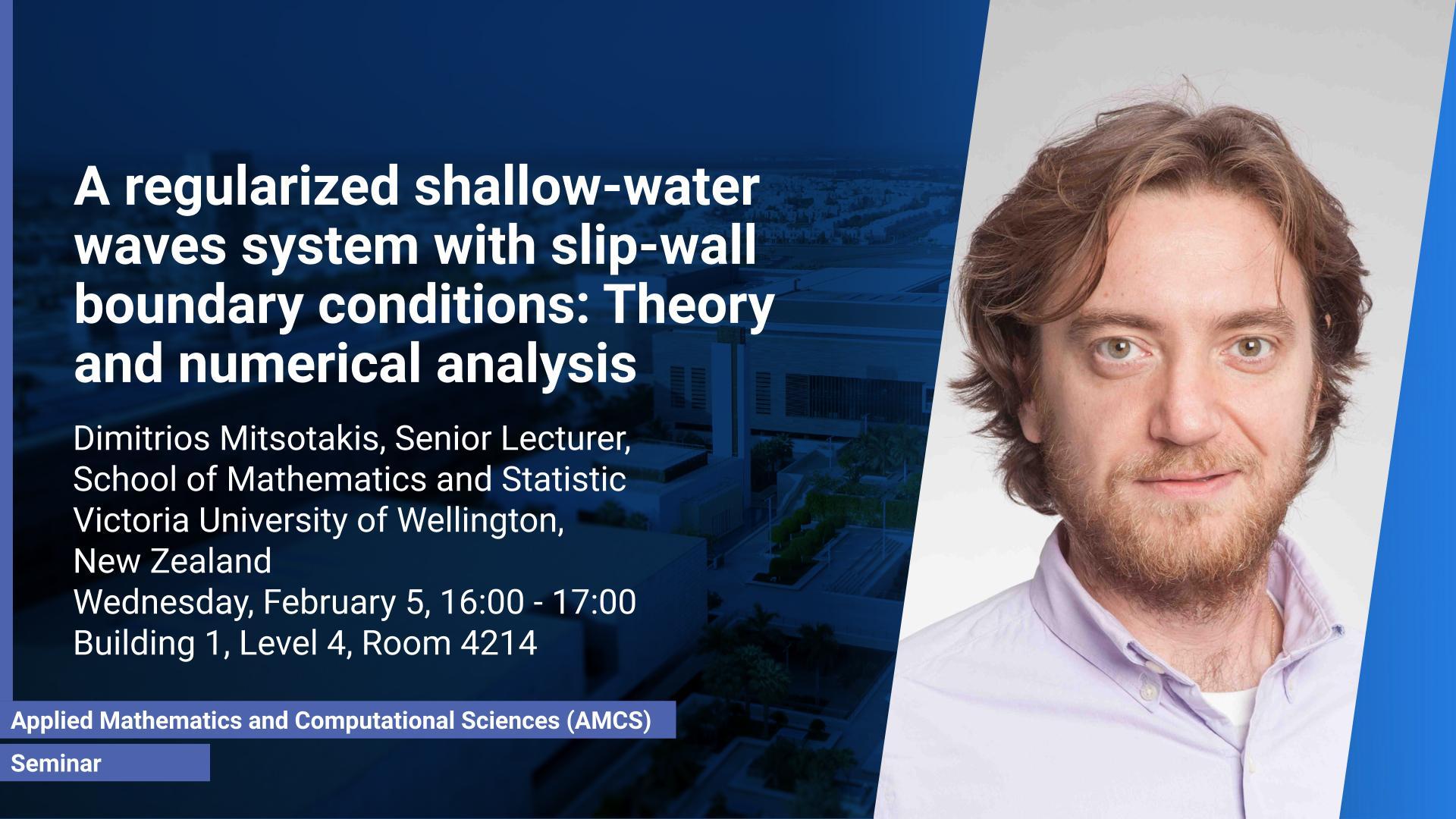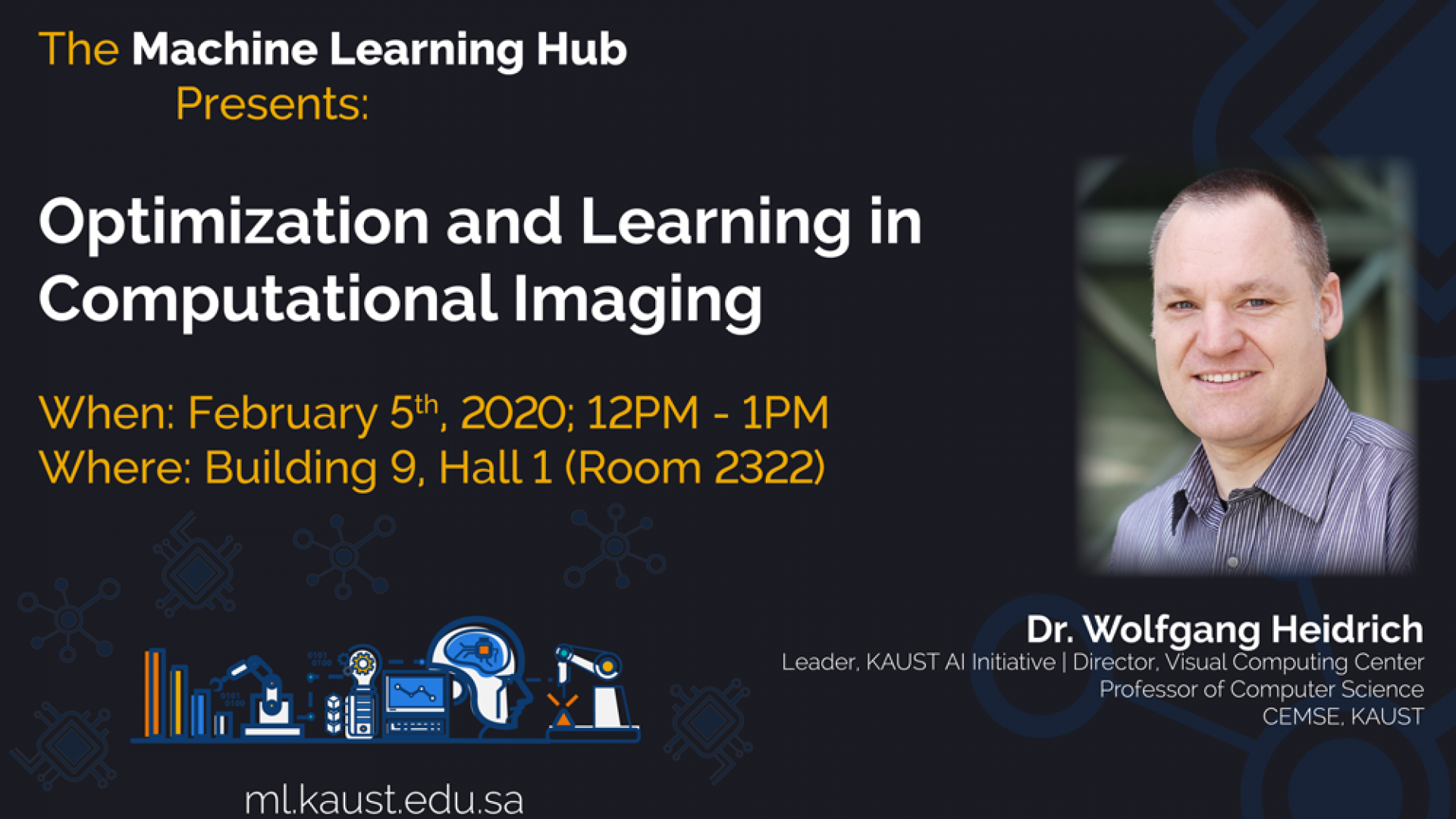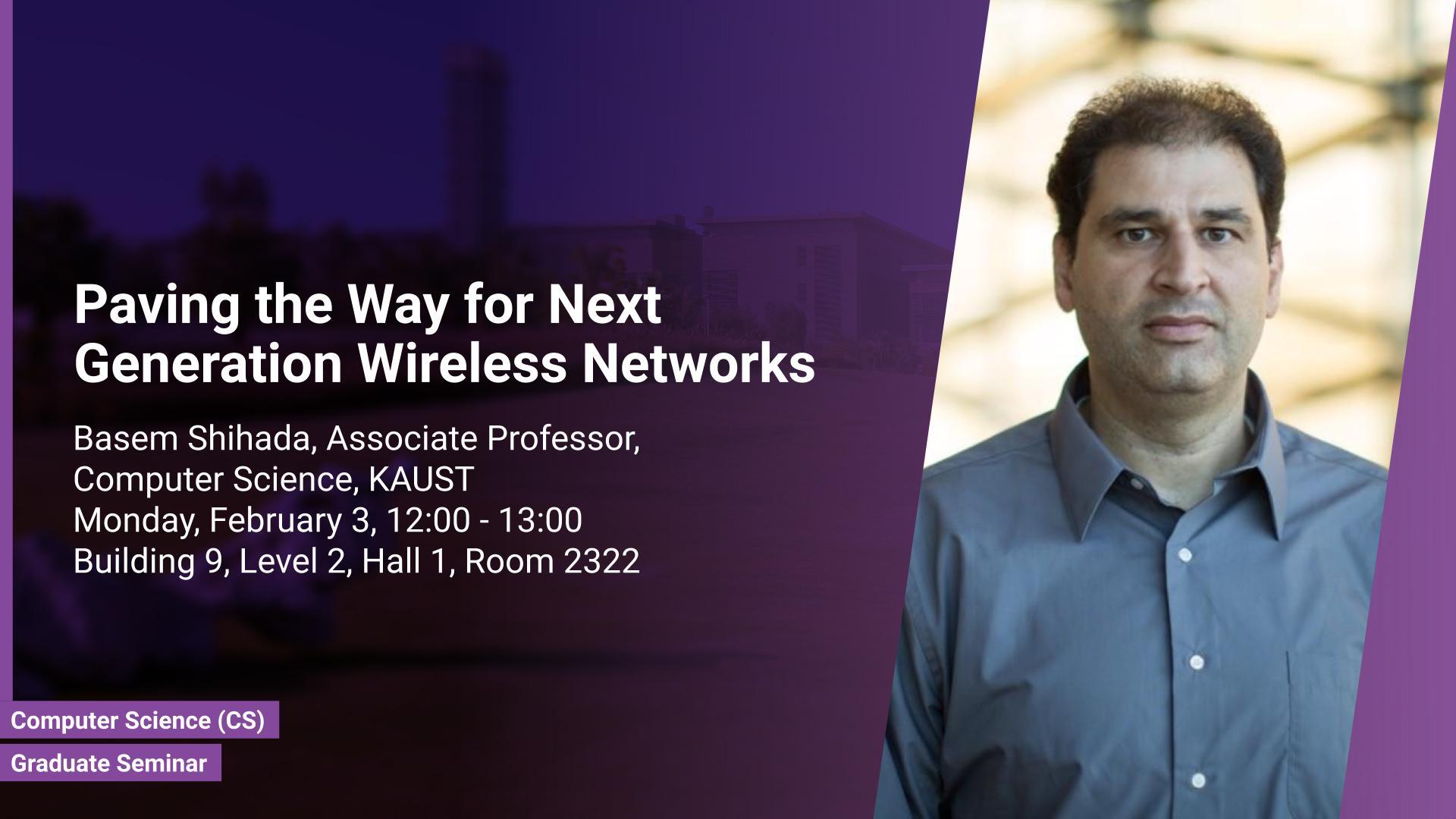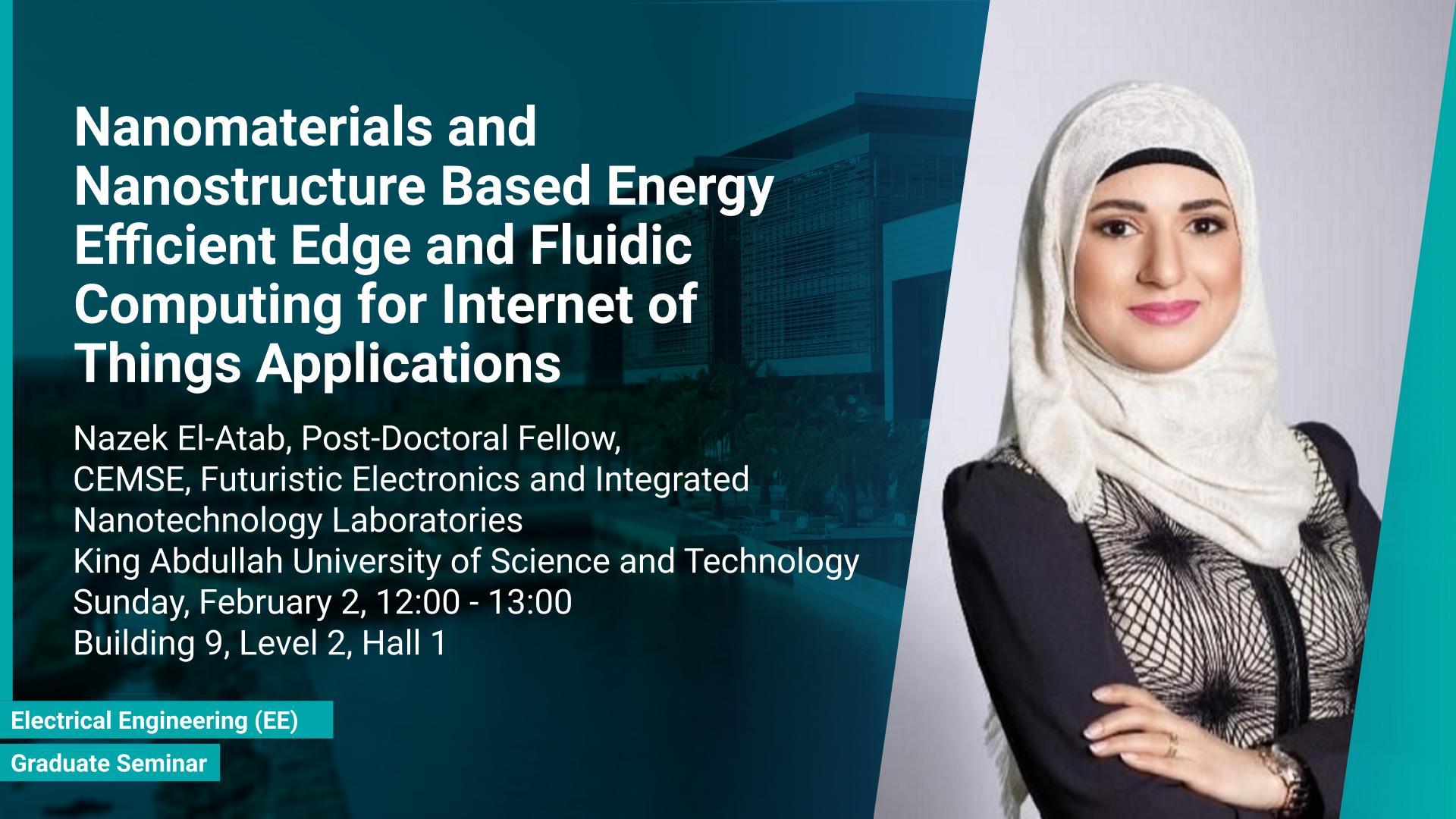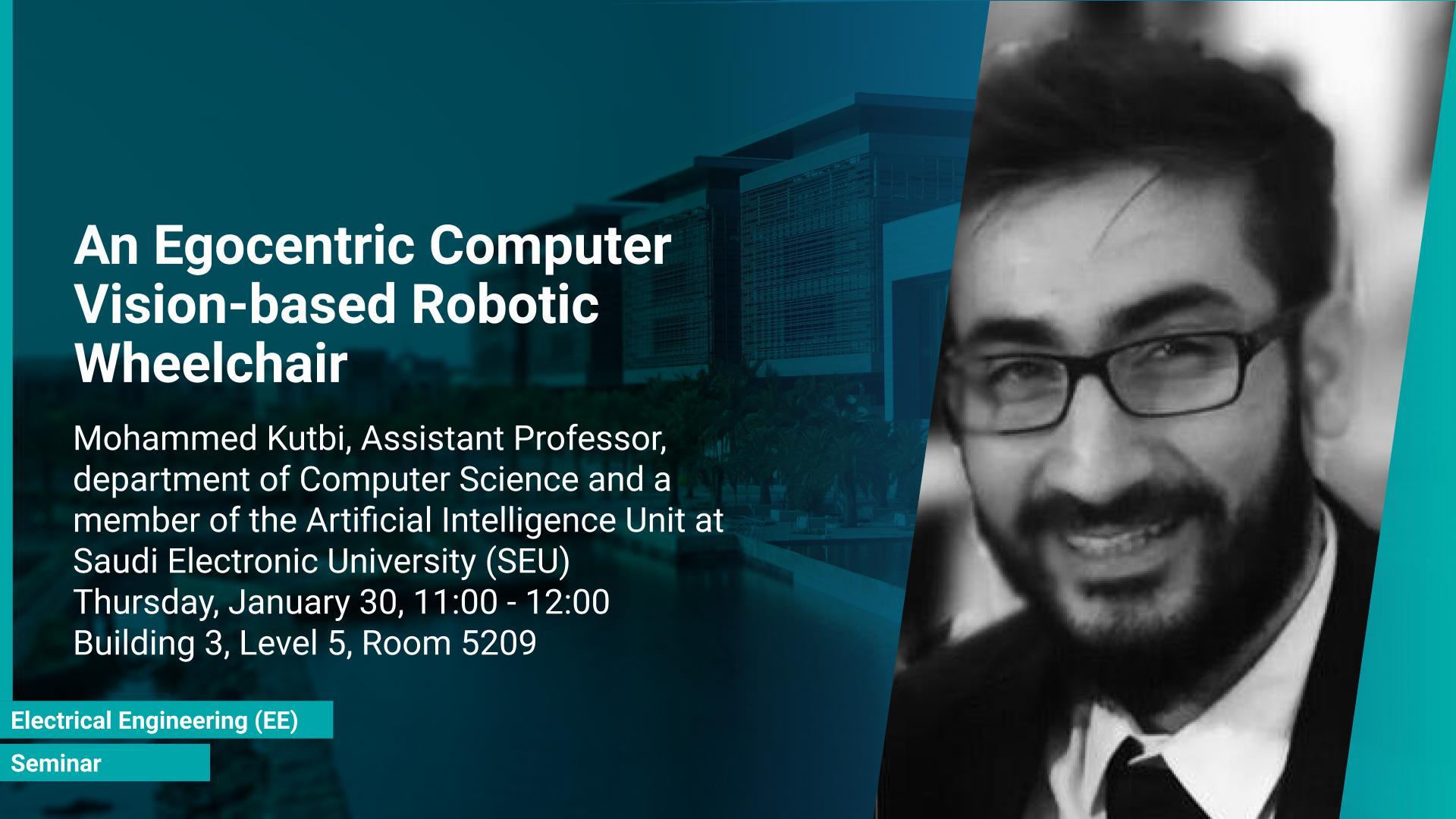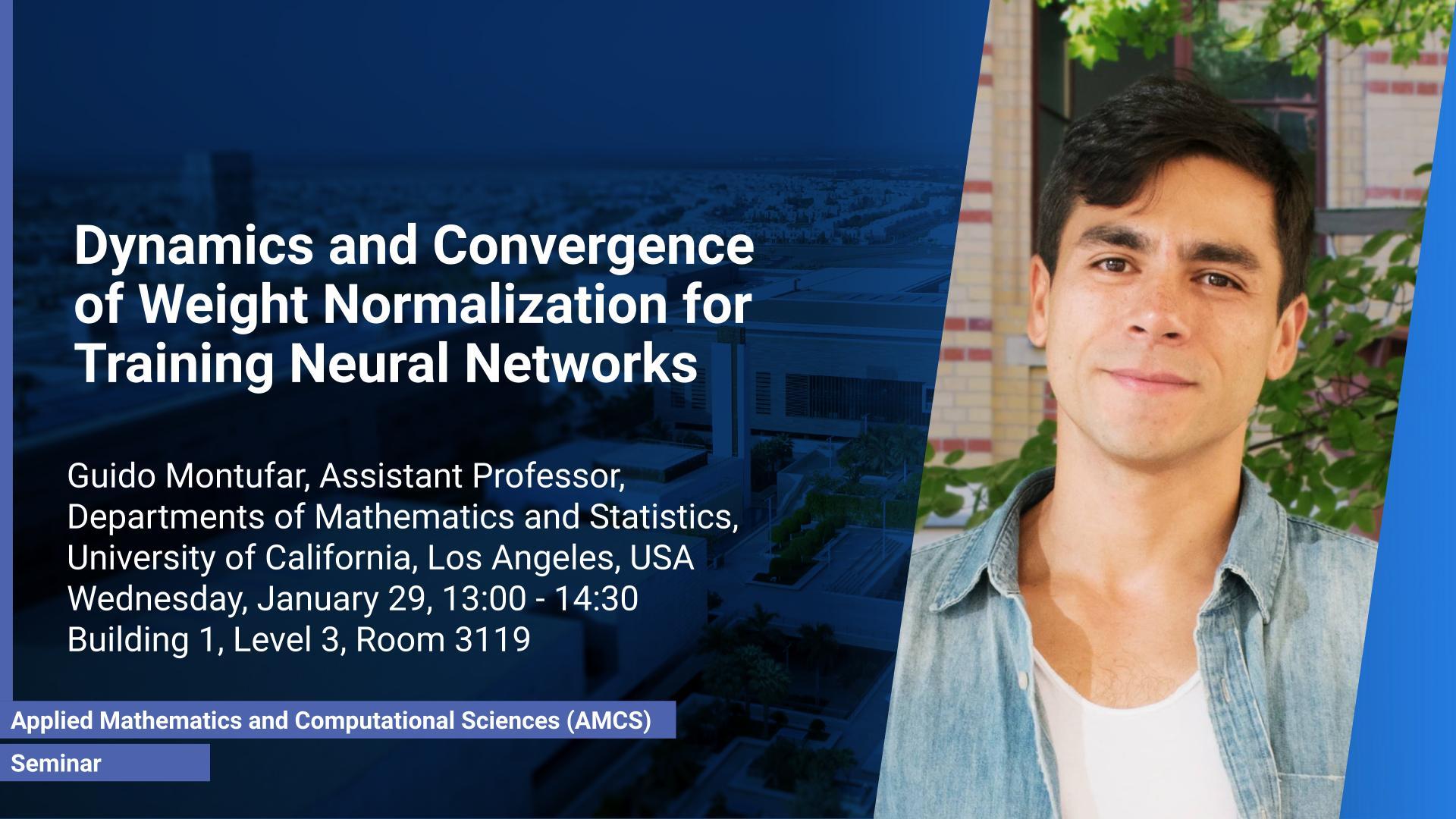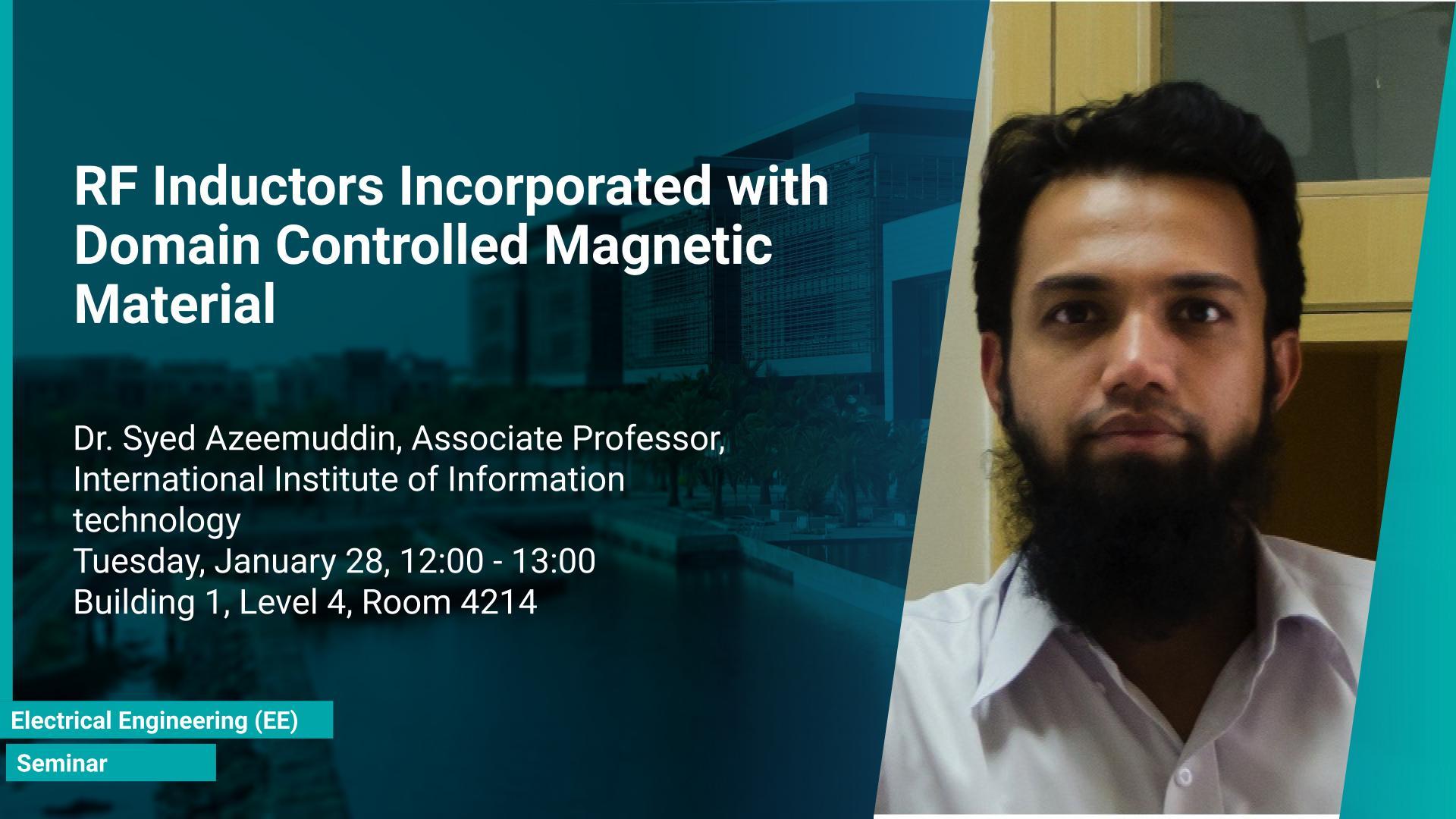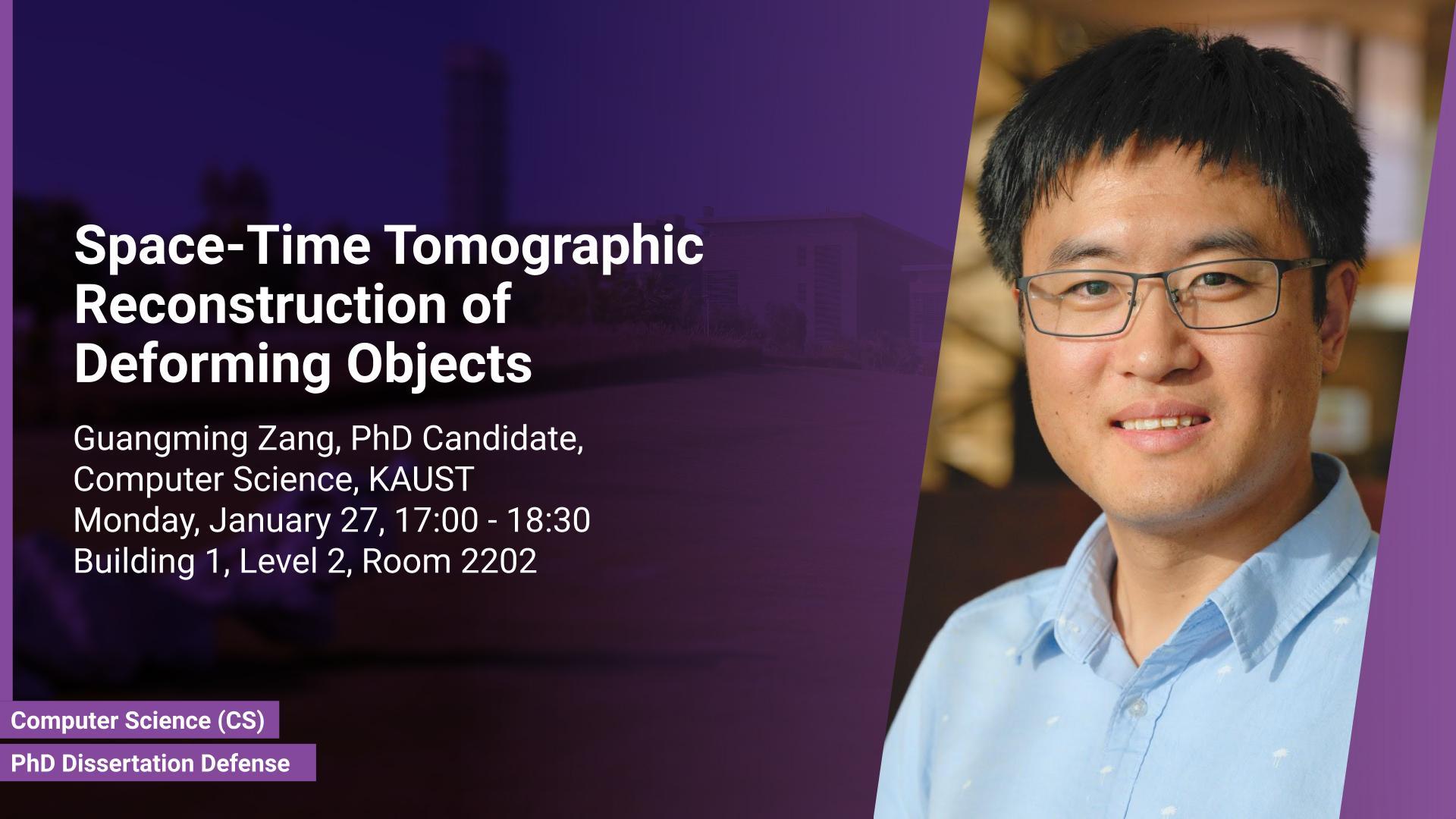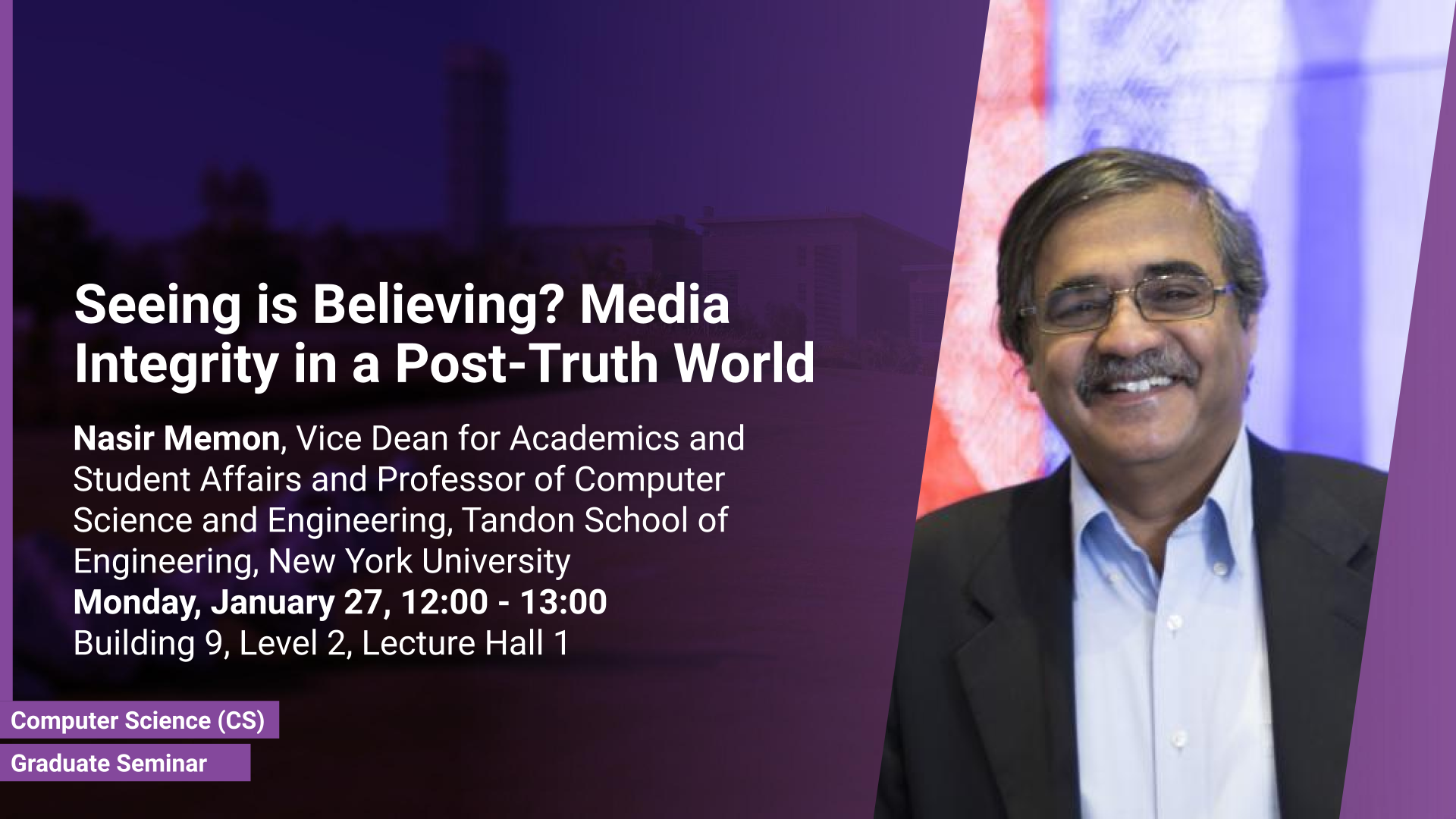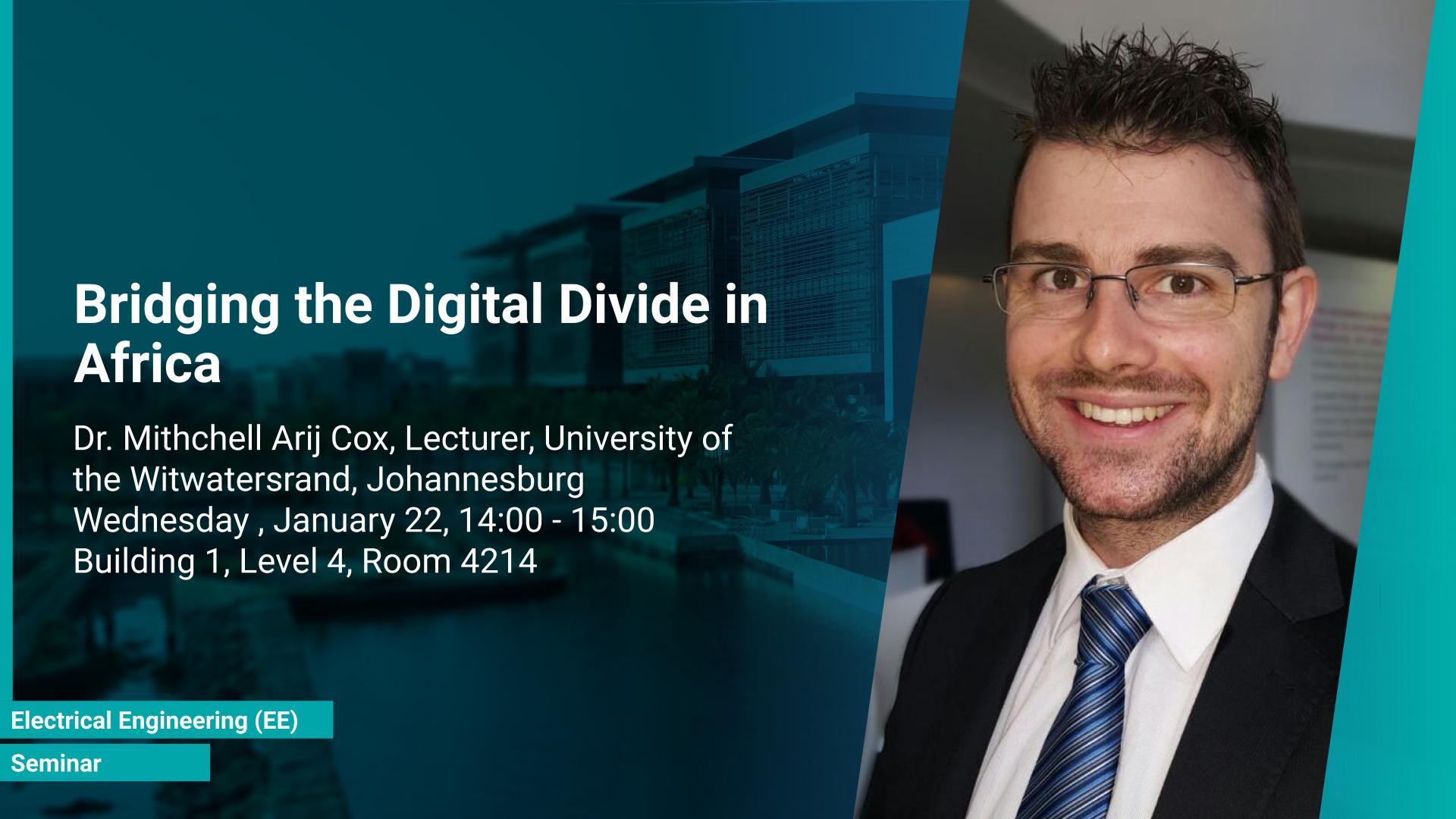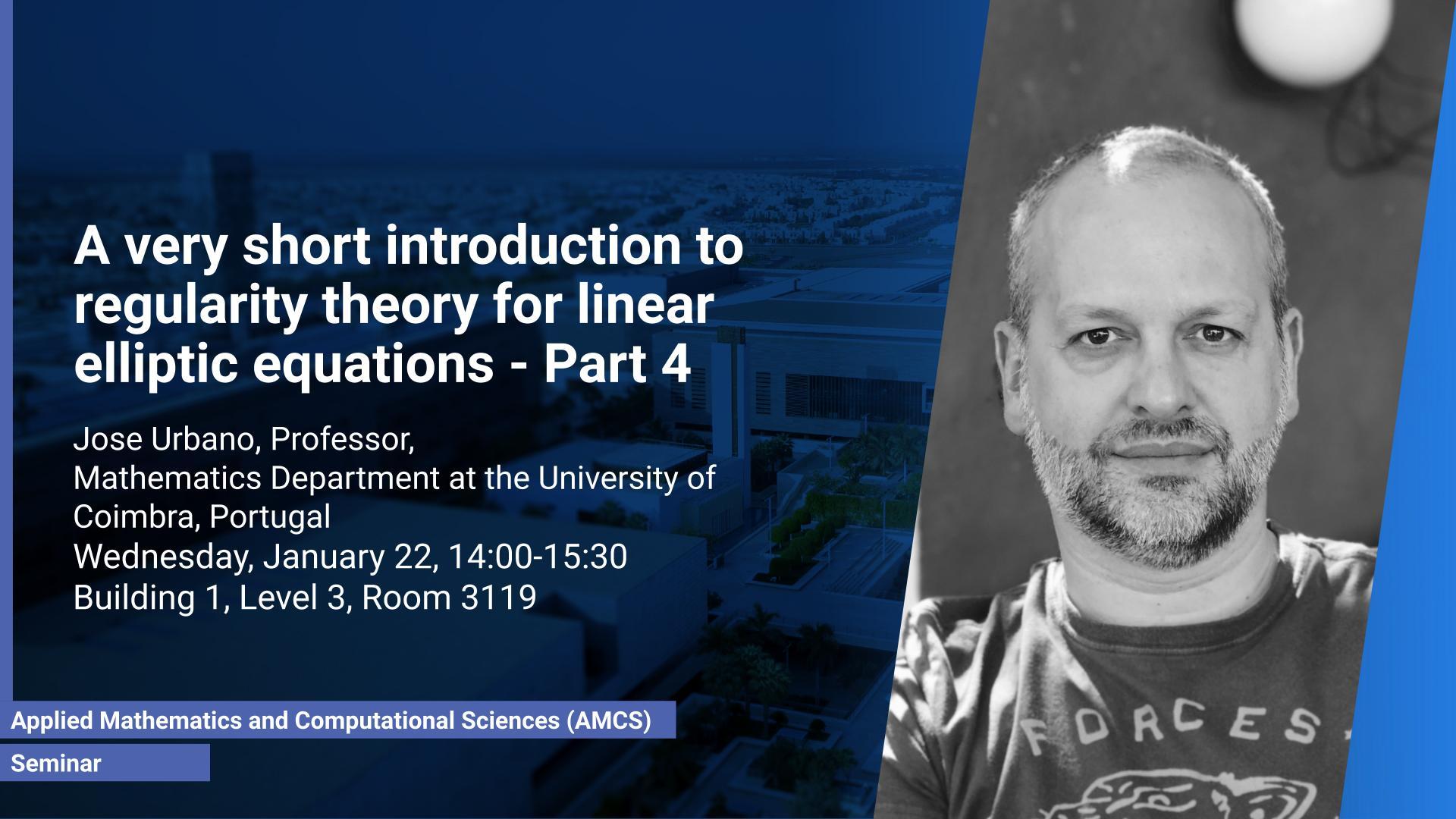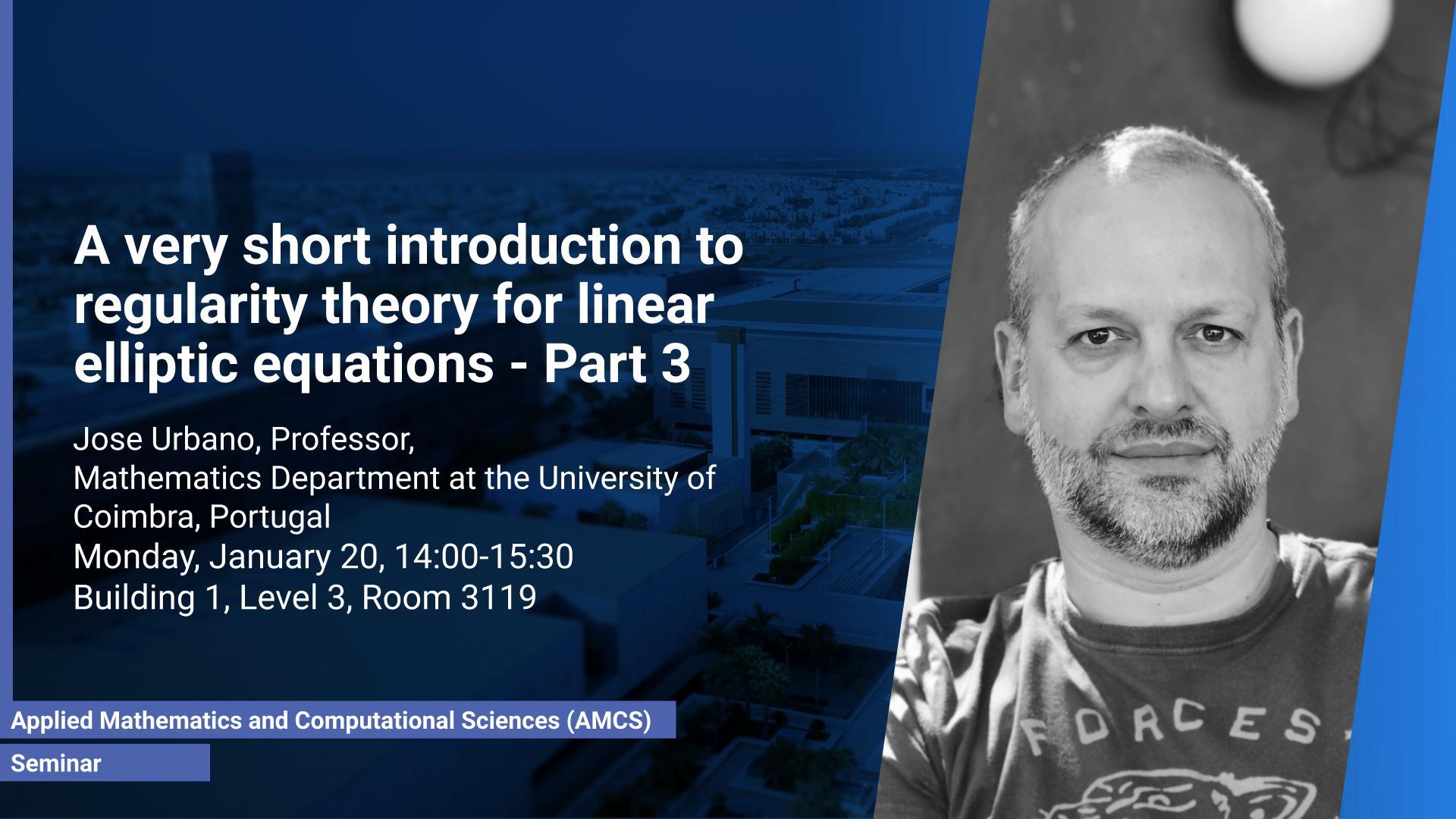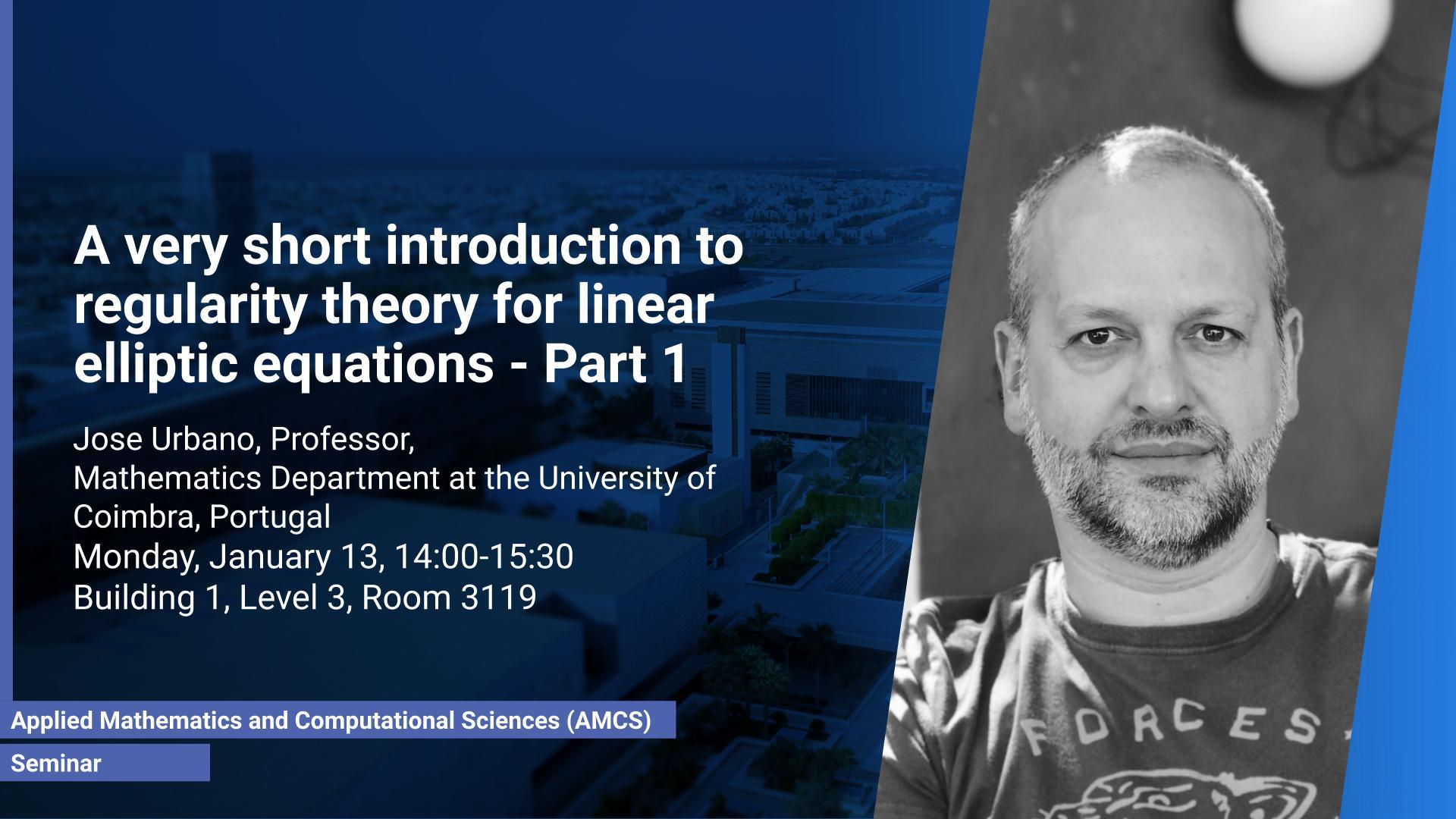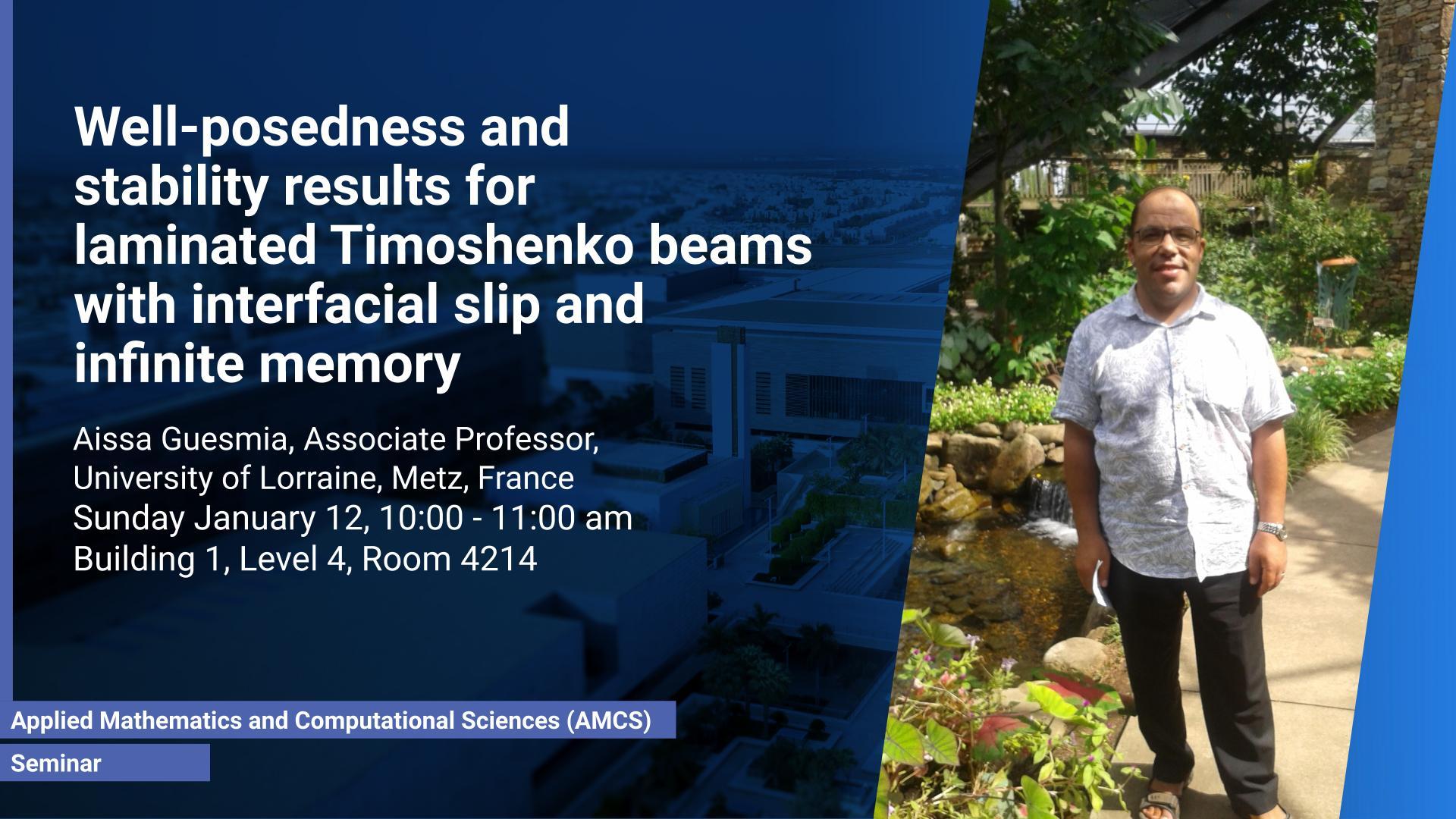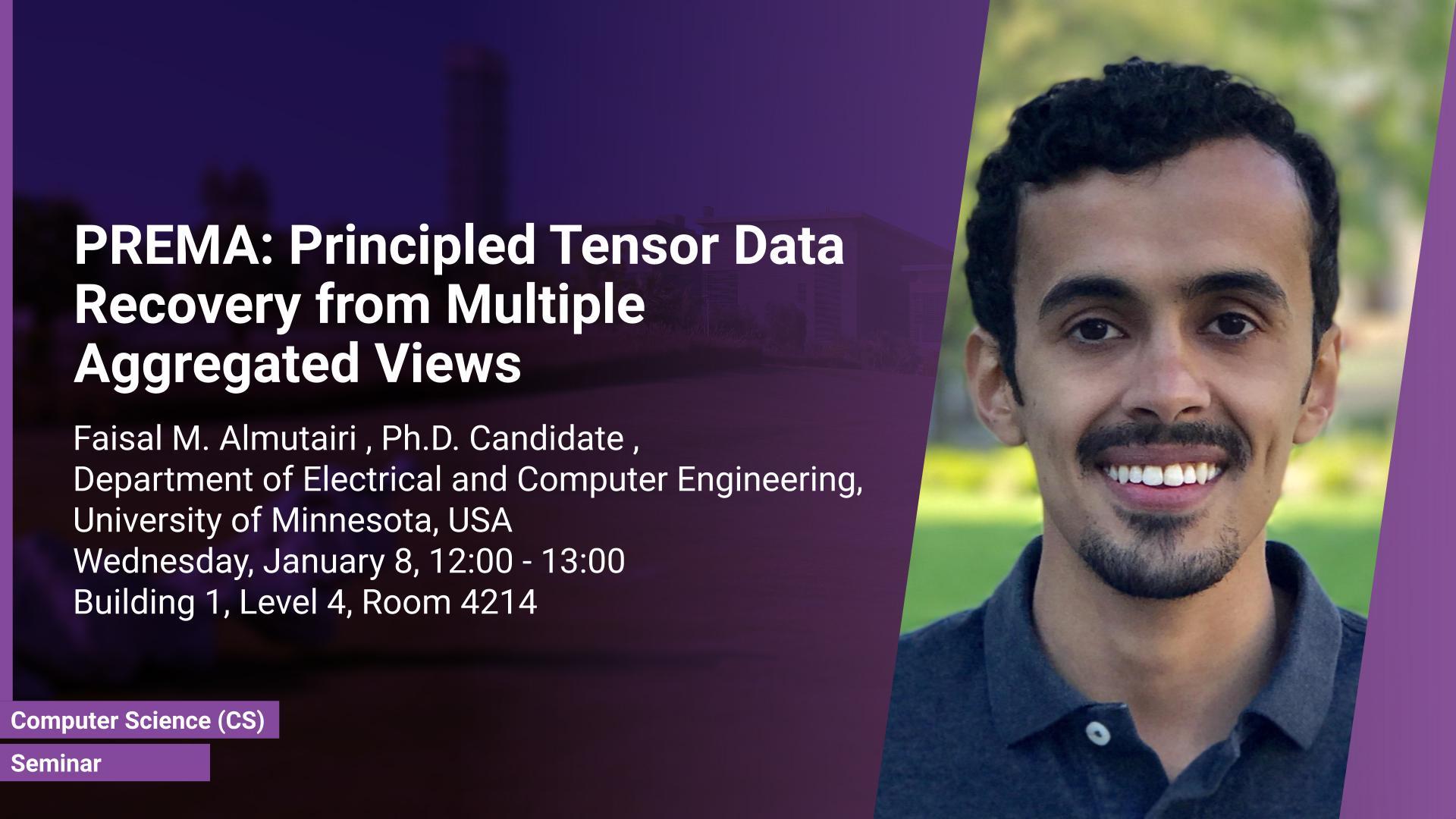Dr. Allaa Alameer Ahmad, Resarch Assistant, Institute of Digital Communication Systems, Ruhr-University Bochum, Germany
Thursday, February 06, 2020, 11:00
- 12:30
Building 1, Level 4, Room 4214
Contact Person
Our talk will consider a cloud-enabled system, and will investigate ways of managing its performance through two particular interference mitigation techniques. In the first part of the talk, inspired by the classical information theoretical results on characterizing the interference channel achievable rate region, we will consider rate-splitting (RS) and common message decoding (CMD) schemes. The talk will shed light on ways of tackling two of the underlying optimization problems in this realm.

